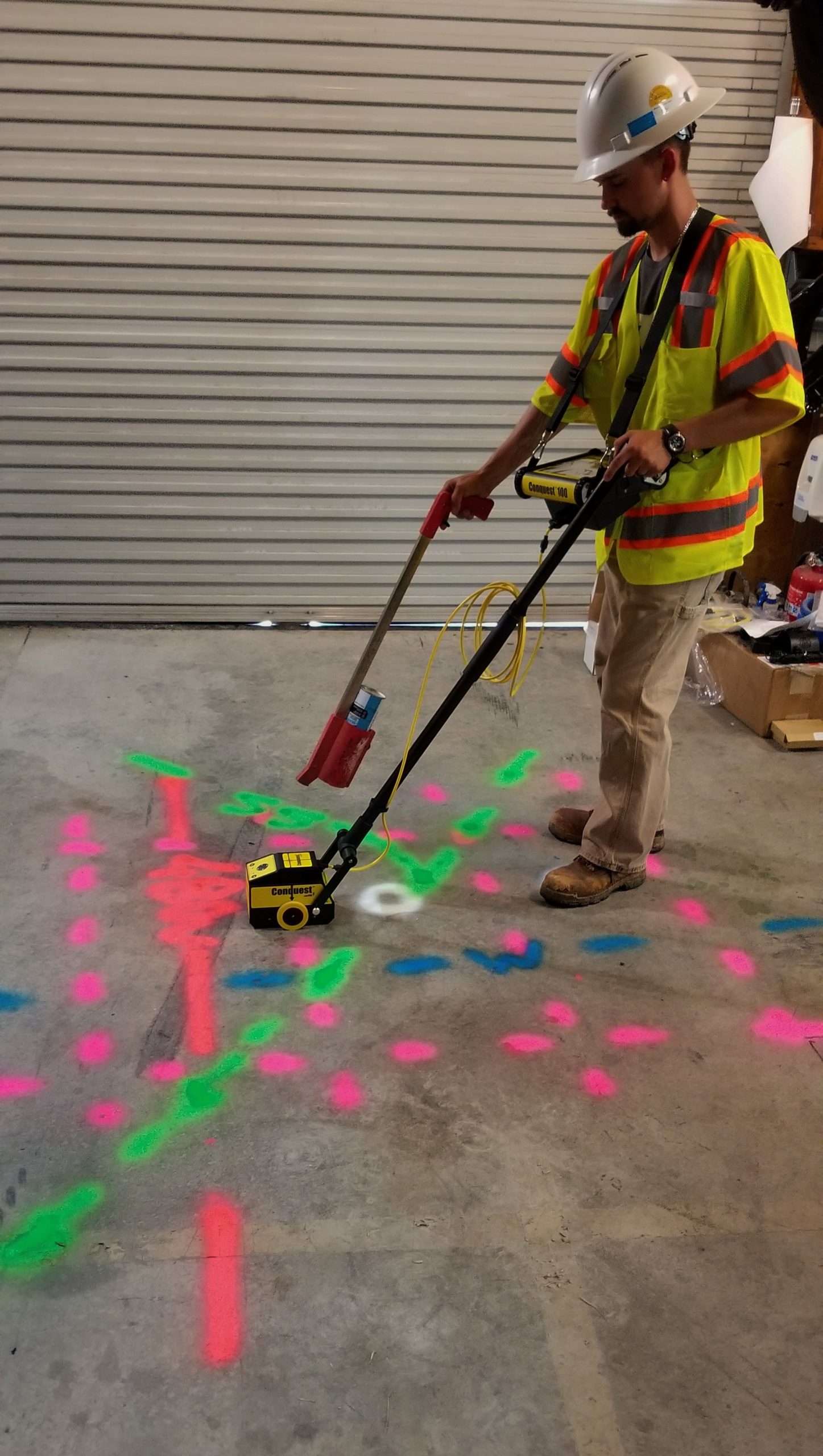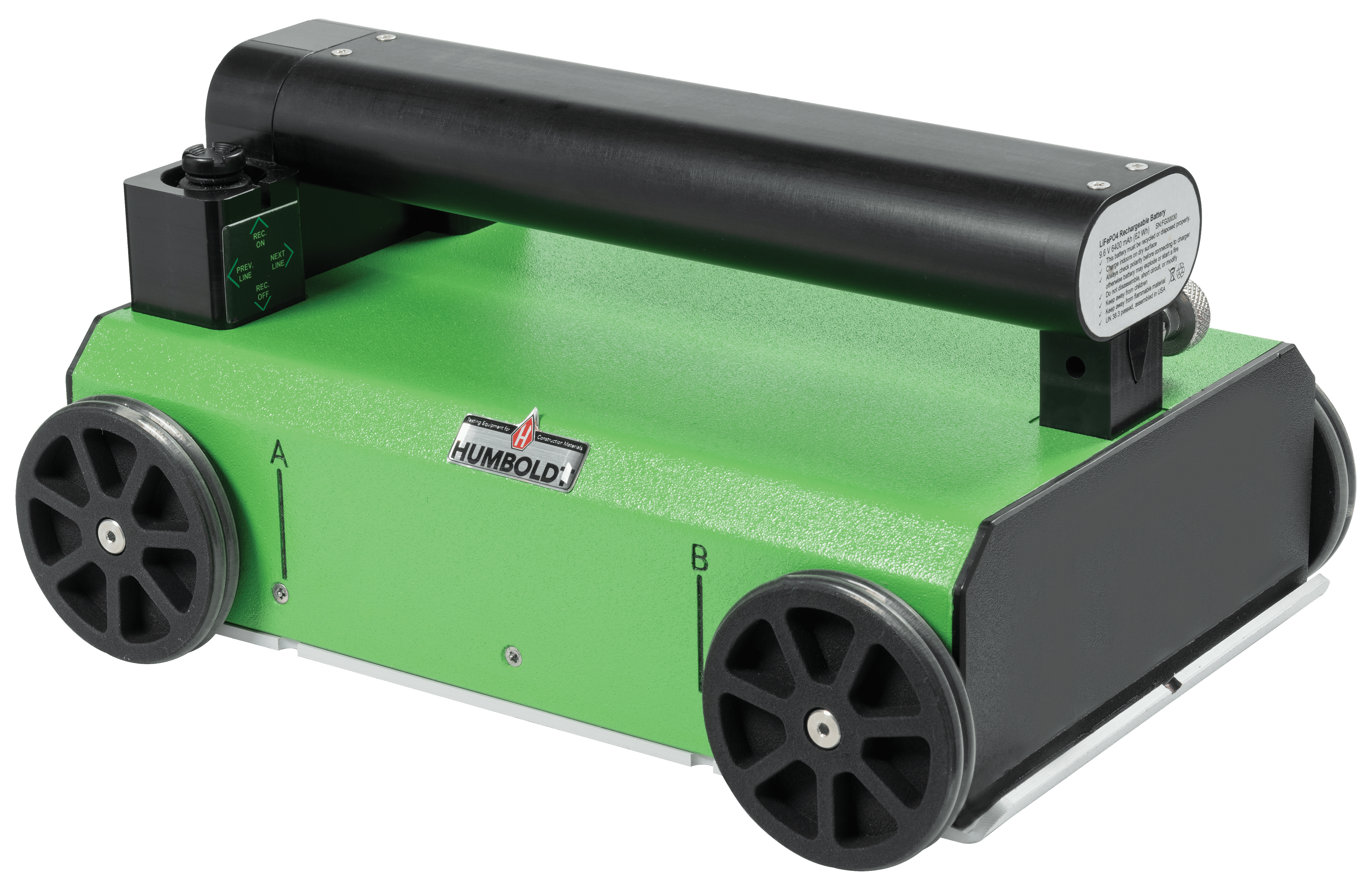The Importance of Specific Concrete Scanning in Detecting Underground Hazards
The capability to accurately detect and map these below ground risks is not merely a matter of comfort however a vital element of guaranteeing the safety of both building and construction workers and the honesty of the job itself. By releasing sophisticated scanning technologies and techniques, professionals can discover surprise risks, stop pricey damages, and eventually pave the way for smoother and safer construction endeavors.
Advanced Scanning Technologies for Detection
Cutting-edge radar systems are reinventing the field of underground detection by offering unrivaled precision and performance. These advanced scanning technologies use ground-penetrating radar (GPR) to develop detailed photos of subsurface structures, providing insights into what exists under the surface area with impressive clearness. By sending out high-frequency pulses into the ground and determining the reflections, radar systems can determine variants in product structure and detect below ground risks such as voids, pipes, and wires.
Among the crucial benefits of these sophisticated radar systems is their non-invasive nature, enabling complete evaluations without triggering damages to the existing frameworks. This not just makes certain the safety of the surrounding atmosphere but also lessens the need for costly fixings or disruptions to continuous construction projects. Additionally, the real-time information supplied by these scanning technologies enables quick decision-making and boosts total task performance.
Relevance of Subsurface Mapping

Accurate subsurface mapping assists in preventing expensive damages to existing underground infrastructure, minimizing the danger of mishaps, and maintaining job timelines. It enables task supervisors to make enlightened decisions regarding website preparation, equipment implementation, and source allocation. Furthermore, subsurface mapping enables far better coordination amongst various teams servicing a job and helps in abiding by regulatory requirements connected to below ground energy detection.
Mitigating Risks in Building And Construction Jobs
Reliable threat reduction methods are crucial for making certain the success and security of construction tasks. Determining and dealing with prospective dangers prior to they escalate is critical in preserving task timelines, budgets, and total top quality. One crucial element of mitigating threats in building tasks is thorough planning and assessment at the initial stages. Performing extensive website surveys, including exact concrete scanning for below ground dangers, can assist in determining potential concerns early. Using sophisticated technologies like ground-penetrating radar and electromagnetic induction can assist in detecting utilities, rebar, or other obstructions that may position dangers throughout building.
Additionally, developing clear interaction networks amongst all job stakeholders and guaranteeing rigorous adherence to safety procedures are important elements of threat mitigation. Normal assessments, quality control actions, and tracking of work progression can help in determining and resolving any type of arising dangers promptly. Additionally, having backup strategies in location for unexpected challenges can considerably lower the impact of disruptions on the task. By proactively implementing durable threat reduction techniques, building and construction projects can minimize hold-ups, cost overruns, and security events, eventually causing effective job end results.

Preventing Pricey Damages and Delays
To reduce economic losses and job obstacles, reliable approaches need to be implemented to stop costly damages and delays in building and construction jobs. One crucial way to attain this is by conducting detailed concrete scanning before any kind of excavation job starts. By utilizing innovative scanning modern technologies such as ground-penetrating radar (GPR) and electro-magnetic induction, construction teams can properly identify underground hazards like rebar, conduits, and other utilities. Recognizing these obstructions early on assists in planning the task layout extra successfully and avoiding possible damages during excavation.
Additionally, buying training programs for construction employees on click here for more the relevance of concrete scanning and risk-free excavation practices can significantly reduce the threat of accidents and delays. Clear communication networks in between job managers, designers, and i was reading this on-site workers are also important to ensure that everyone understands the possible risks and adheres to the required protocols to avoid pricey problems. By focusing on proactive actions like concrete scanning and advertising a society of safety and security and recognition, building jobs can lessen the financial impact of unforeseen below ground blockages and prevent pricey delays.
Ensuring Safety of On-Site Personnel
By prioritizing proactive steps such as thorough training programs and clear communication networks, building jobs can ensure the safety of on-site workers amidst the potential hazards identified through concrete scanning. Appropriate training outfits workers with the understanding and skills required to browse building and construction sites safely, specifically when dangers are recognized via scanning procedures. Training ought to cover danger acknowledgment, emergency situation treatments, and the proper utilization of individual safety equipment to reduce risks efficiently.
Additionally, establishing clear interaction channels is crucial for distributing information regarding recognized risks immediately. This makes sure that all on-site workers understand potential dangers and can take essential preventative measures to stay clear of mishaps. Regular security briefings, tool kit talks, and constant updates concerning scanning results aid maintain everybody notified and aggressive in index maintaining a safe working setting.
Additionally, executing stringent adherence to safety and security procedures and guidelines, conducting regular safety and security audits, and promoting a culture of security consciousness among employees are important parts in making sure the wellness of on-site workers throughout construction projects - RainierGPR Concrete Scanning. Positive precaution not only safeguard employees from damage however also add to the total success and efficiency of the project
Verdict
Finally, exact concrete scanning plays a critical role in discovering below ground hazards. Making use of sophisticated scanning innovations and subsurface mapping helps alleviate threats in building tasks, avoiding pricey problems and delays. By making certain the security of on-site employees, accurate scanning can substantially boost the efficiency and success of construction operations. It is imperative for building companies to focus on making use of specific scanning methods to reduce possible dangers and guarantee a smooth construction procedure.
By proactively executing robust threat reduction strategies, building and construction projects can reduce hold-ups, expense overruns, and safety occurrences, ultimately leading to successful project end results. - RainierGPR Concrete Scanning
To lessen economic losses and project setbacks, reliable techniques need to be implemented to protect against costly problems and delays in building and construction projects. By focusing on aggressive steps like concrete scanning and promoting a culture of safety and understanding, building tasks can lessen the financial effect of unexpected below ground obstructions and avoid costly hold-ups.
By focusing on aggressive measures such as detailed training programs and clear interaction networks, construction jobs can guarantee the safety of on-site personnel amidst the potential hazards identified through concrete scanning. Making use of sophisticated scanning technologies and subsurface mapping assists alleviate risks in construction jobs, stopping costly problems and delays.